What Makes a Tarantula Dangerous?
Tarantulas, with their often intimidating size and appearance, are a source of both fascination and fear. While many people keep them as pets, it’s crucial to understand that some tarantulas pose a genuine threat. The ‘danger’ associated with tarantulas doesn’t always come from their venom. Their size alone can make them a formidable adversary, and their defensive behaviors, such as flicking urticating hairs, can cause significant irritation. However, the potential for a painful bite and the allergic reactions some people experience underscores the importance of responsible handling and awareness. This article will delve into the specifics of what makes a tarantula dangerous, including their venom, defensive mechanisms, and the steps you can take to minimize risk.
Venom and Its Effects
Tarantula venom is primarily designed to subdue prey, such as insects, small rodents, and birds, rather than to be a major threat to humans. The venom composition varies between species, with some being more potent than others. When a tarantula bites, it injects this venom, which contains a mix of enzymes and toxins that disrupt the nervous system of its prey. In humans, the effects of a bite typically include localized pain, swelling, and redness at the bite site. Severe reactions are rare, but it’s essential to know how to react. The venom isn’t usually lethal to humans, but the pain can be intense and last for several hours or even days. Therefore, understanding the effects and knowing how to treat the symptoms will help you be prepared for a bite.
The Potency of Tarantula Venom
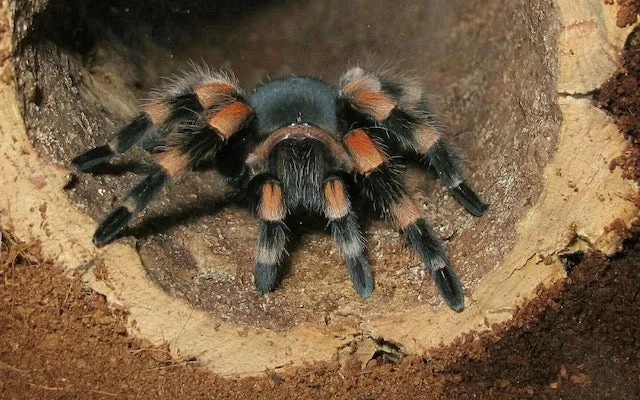
The potency of tarantula venom is a complex topic, as it varies significantly based on the species. Some tarantula species have more potent venom than others. Factors such as the tarantula’s age, health, and even its diet can influence the composition and strength of its venom. Generally, tarantula venom is not considered highly toxic to humans; its primary purpose is to immobilize prey. The effects of a bite are more likely to be a painful localized reaction rather than a life-threatening one. Research into tarantula venom is ongoing, with scientists continually working to understand its various components and potential applications in medicine, but, more study needs to be done on the potency levels and the effects of each species.
Symptoms of a Tarantula Bite
The symptoms of a tarantula bite can vary depending on the species of tarantula and the individual’s sensitivity. The most common immediate symptoms include localized pain, which can range from a mild sting to intense pain, often described as similar to a bee sting. Other symptoms include swelling, redness, and itching at the bite site. Some people may experience muscle cramps, nausea, or a general feeling of discomfort. In rare cases, more severe allergic reactions can occur, with symptoms such as difficulty breathing, hives, or dizziness. It is important to seek medical attention immediately if these symptoms manifest, so that you can receive the proper treatment in a timely fashion. Observing the symptoms and responding to the bite is vital.
First Aid for Tarantula Bites
If bitten by a tarantula, the first step is to remain calm and remove yourself from the area where the bite occurred. Immediately clean the bite site with mild soap and water. Apply a cold compress to the area to reduce pain and swelling. If the bite is on a limb, elevating it can also help. Monitor the symptoms for any signs of a severe allergic reaction, such as difficulty breathing or swelling of the face or throat. If such symptoms appear, seek immediate medical attention. Over-the-counter pain relievers, such as ibuprofen or acetaminophen, can help manage pain. Antihistamines can alleviate itching and reduce inflammation. Following these first aid steps, consulting with a healthcare professional for further guidance is advisable.
Defensive Behaviors of Dangerous Tarantulas
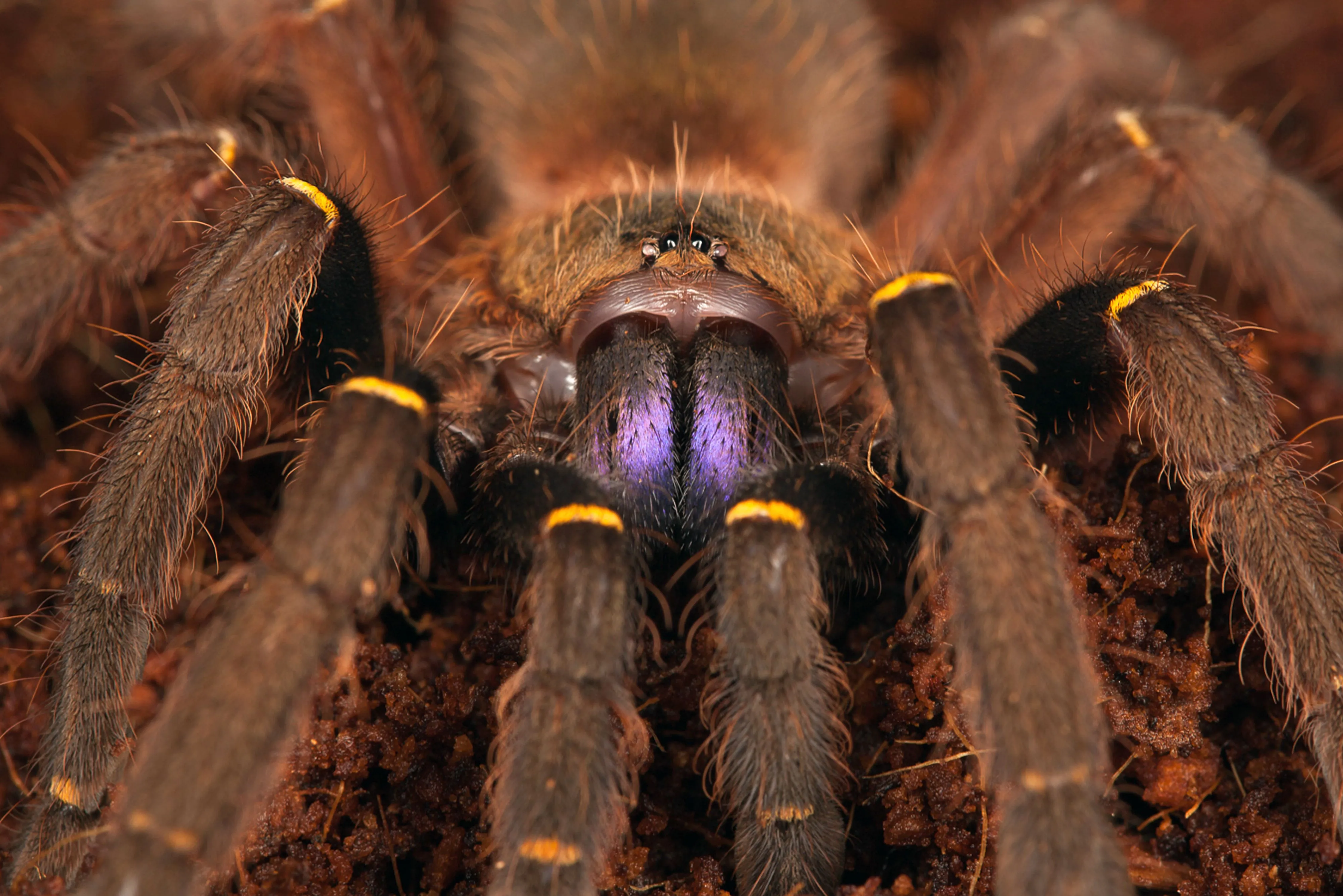
Tarantulas employ several defensive behaviors to protect themselves from perceived threats. While venom is one defense mechanism, they also have other ways to ward off potential dangers. Understanding these behaviors is crucial for anyone who handles or lives near these spiders. A tarantula’s primary defensive responses are designed to avoid direct conflict. Knowing how they react to disturbances can help you avoid getting bitten or otherwise injured. The more knowledge you have, the better prepared you will be to interact with them. Always approach tarantulas with caution and respect, understanding their instincts and natural behaviors.
Hair-Trigger Reflexes
Many tarantulas have a “hair-trigger” response to threats. This means they react quickly to perceived dangers, often without warning. This behavior is more common in certain species and can be triggered by sudden movements, loud noises, or even changes in their environment. When threatened, a tarantula might adopt a defensive posture, such as rearing up on its hind legs, exposing its fangs, or flicking urticating hairs. Some species might also hiss or make other warning sounds. Knowing these triggers and understanding how a tarantula might react helps you handle and care for them safely. Avoiding sudden movements and providing a stable environment is vital to prevent these defensive behaviors.
The Role of Habitat
The habitat of a tarantula plays a significant role in its defensive behavior. Tarantulas living in more exposed environments might be more aggressive and defensive, as they have fewer places to hide. On the other hand, tarantulas in more secluded habitats might rely on camouflage and less on aggression. In captivity, a tarantula’s enclosure should mimic its natural habitat to reduce stress and defensive responses. This includes providing adequate hiding places, appropriate temperature and humidity levels, and a sense of security. Providing an environment that matches their natural needs will help reduce stress, making them less likely to resort to defensive behaviors such as biting.
Identifying Dangerous Tarantula Species
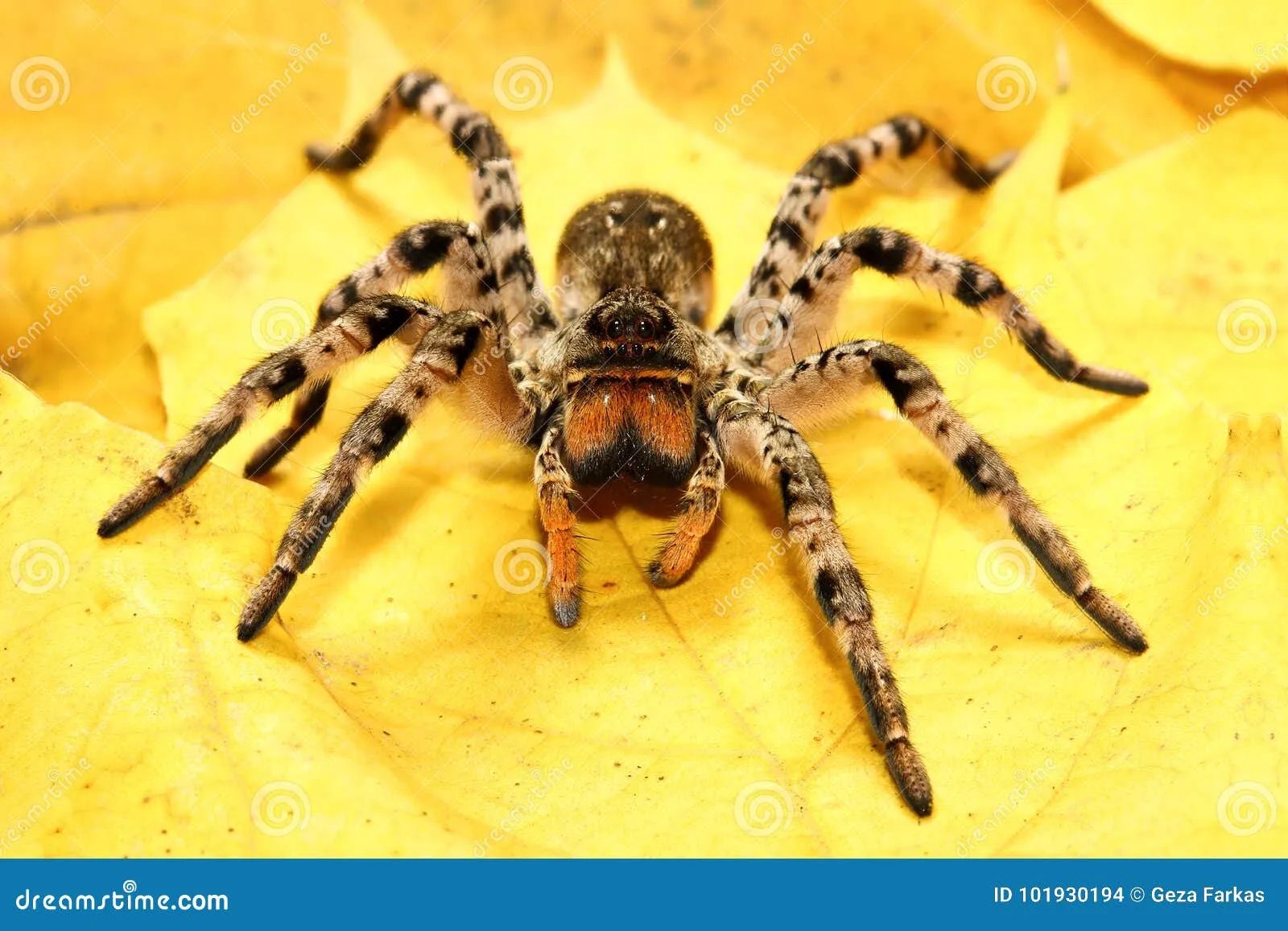
Identifying potentially dangerous tarantula species is important if you live in an area where they are found. While most tarantulas are not inherently dangerous to humans, some species are known for their potent venom or aggressive nature. Recognizing these species can help you take necessary precautions and avoid potential bites. Knowledge of their characteristics, including size, appearance, geographic location, and behavior, is essential for safe interaction. If you are unsure of the species, it is best to err on the side of caution and maintain a safe distance, so it is best to know the facts.
Size and Appearance
The size and appearance of a tarantula can sometimes indicate the potential danger. Larger species, because of their size and bite, can inflict more damage, even if their venom is not particularly potent. Certain color patterns or hair types might also be associated with more aggressive species. However, appearance alone is not a reliable indicator of danger; some seemingly docile tarantulas can still deliver a painful bite. Knowing the specific characteristics of the species is better than relying solely on visual clues. Learning about the specific attributes of the tarantulas in your region is crucial for safety.
Geographic Location
The geographic location of a tarantula provides crucial clues about its potential danger. Some species are native to specific regions known for more aggressive or venomous tarantulas. Researching the tarantula species found in your area can help you understand the potential risks. Be aware of the tarantulas native to your region, and learn to recognize them. The type of habitat they live in can be another identifying factor. Knowing your region’s tarantula species helps you take necessary precautions and react appropriately if you encounter one.
Temperament and Behavior
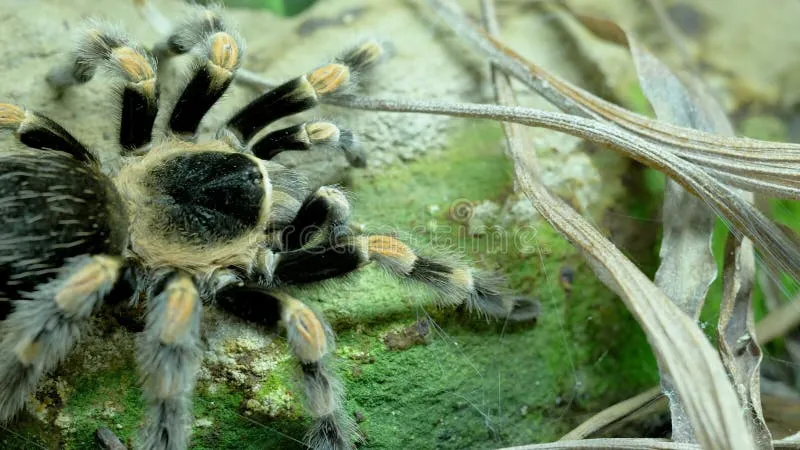
A tarantula’s temperament and behavior are critical indicators of its potential danger. Some species are known for being more docile and less prone to bite, while others are aggressive and quick to defend themselves. Observing how a tarantula reacts to disturbances can give you an indication of its temperament. For example, a tarantula that consistently displays a defensive posture when approached or that readily flicks urticating hairs is likely to be more dangerous. Learning about the typical behavior of different species can help you assess the risks and handle them accordingly.
Preventing Tarantula Bites
Preventing tarantula bites involves a combination of safe handling techniques and preventative home measures. Understanding the circumstances that can lead to a bite, combined with practicing caution, will reduce the risk of a bite. Always be respectful of their space and take preventative actions to minimize the possibility of an encounter. Whether you are handling a pet tarantula or you encounter one in the wild, being prepared and knowing the proper actions will help prevent bites.
Safe Handling Techniques
Safe handling techniques are essential for those who keep tarantulas as pets or need to handle them for other reasons. The first step is to avoid handling the tarantula unless absolutely necessary. If handling is required, do so gently and slowly, avoiding any sudden movements that might startle the spider. Use tools like long tongs or a container to move the tarantula, if needed. Always handle tarantulas in a controlled environment, such as a secure enclosure or a room with minimal obstacles, to prevent escape. Wash your hands thoroughly before and after handling a tarantula to prevent the spread of bacteria and to remove any scents that might agitate the spider.
Home Safety Measures
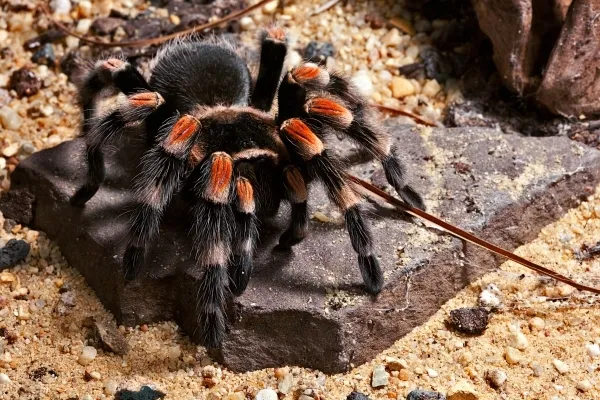
Implementing home safety measures can significantly reduce the risk of tarantula bites. If you live in an area with tarantulas, seal any cracks or openings in your home to prevent them from entering. Keep your home clean and free of clutter, as this can provide hiding places for tarantulas. If you have a pet tarantula, ensure its enclosure is escape-proof and properly secured. Educate all members of your household about the risks associated with tarantulas and the appropriate safety measures to take. If you find a tarantula inside your home, do not attempt to handle it yourself; instead, contact a professional pest control service or local animal control.
Conclusion
In conclusion, while the threat of dangerous tarantulas exists, understanding the factors that contribute to their danger, from venom to defensive behaviors, is key to staying safe. By familiarizing yourself with the characteristics of potentially dangerous species, practicing safe handling techniques, and implementing home safety measures, you can significantly reduce the risk of a bite. Whether you are a tarantula enthusiast or simply live in an area where they are present, knowledge and caution are your best defenses. Always remember to respect these fascinating creatures and treat them with the care and consideration they deserve.
